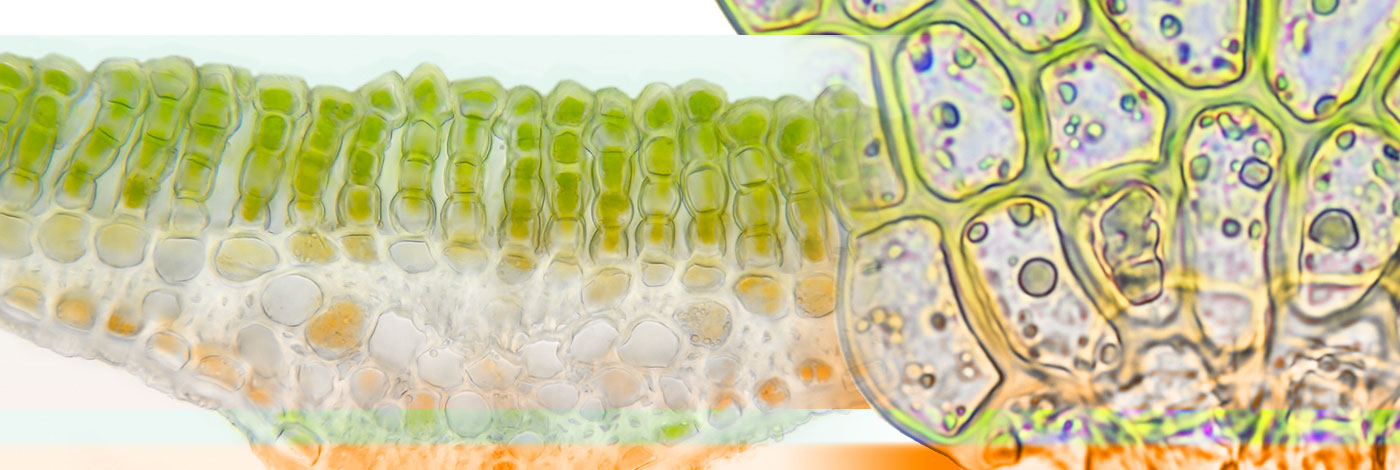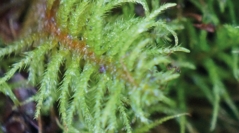

 Cryptogamie, Bryologie
42 (7) - Pages 117-127
Cryptogamie, Bryologie
42 (7) - Pages 117-127When measuring photosynthesis in mosses, the non-photosynthetic (brown) sections are usually removed and only the green sections are measured. However, how this pretreatment affects photosynthesis rates is unclear. Therefore, we studied the effect of removing the non-photosynthetic sections in three moss species with distinct morphological and stem-anatomical structures, comparing net CO2 assimilation rates (AN) of detached green and brown sections to those of intact shoots. Right after separation, the summed AN of the separated sections was significantly lower than those of the intact shoots for Pogonatum nudiusculum Mitt. and Pleuroziopsis ruthenica (Weinm.) Kindb. ex E. Britton, while no significant difference was found for Actinothuidium hookeri (Mitt.) Broth. However, AN recovered within a day, and the progressive reduction of AN expected if carbon-sink removal was an important mechanism was not observed. Our study indicates that removal of non-photosynthetic sections results in an underestimation of the photosynthetic capacity of the green moss sections, but only for the species with relatively complex internal transport structures, and only immediately after the separation. The fast and transient response suggests a mechanism via an electrical signal induced by wounding or reduced hydraulic integrity, rather than through a reduced carbon-sink strength. More comprehensive investigations on signaling and other mechanisms regulating moss photosynthesis will contribute to more accurate measurement methods as well as a deeper understanding of moss ecophysiology and the contribution of mosses to carbon fluxes in terrestrial ecosystems.
Actinothuidium hookeri, Pleuroziopsis ruthenica, Pogonatum nudiusculum, gas-exchange, hydraulic integrity, sample preparation, sink regulation.